
Invest Time in the Thought Process
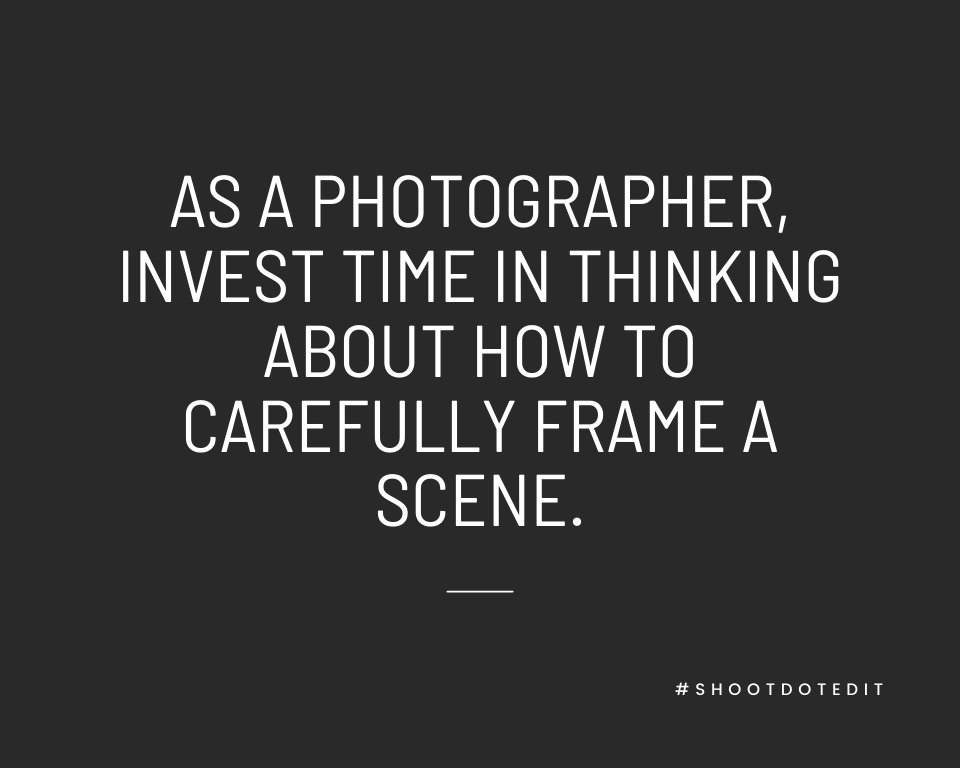
When analyzing what makes a good image, you could think in terms of a photographer or an editor. While both have a common end goal, their approaches to achieve it often differ. A photographer brainstorms on how to carefully frame a scene – figuring out what to include, what to leave out, and what perspective or angle to go for. When the image reaches the post-production stage, an editor adds elements to the image to enhance its appeal or takes out bits that could be distracting. This blog takes a peek into a photographer’s perspective.
Suggested Read: A Beginner’s Guide To Wedding Photography Basics
5 Elements That Could Help Make a Good Photograph
1. Unique Point of View or Vision
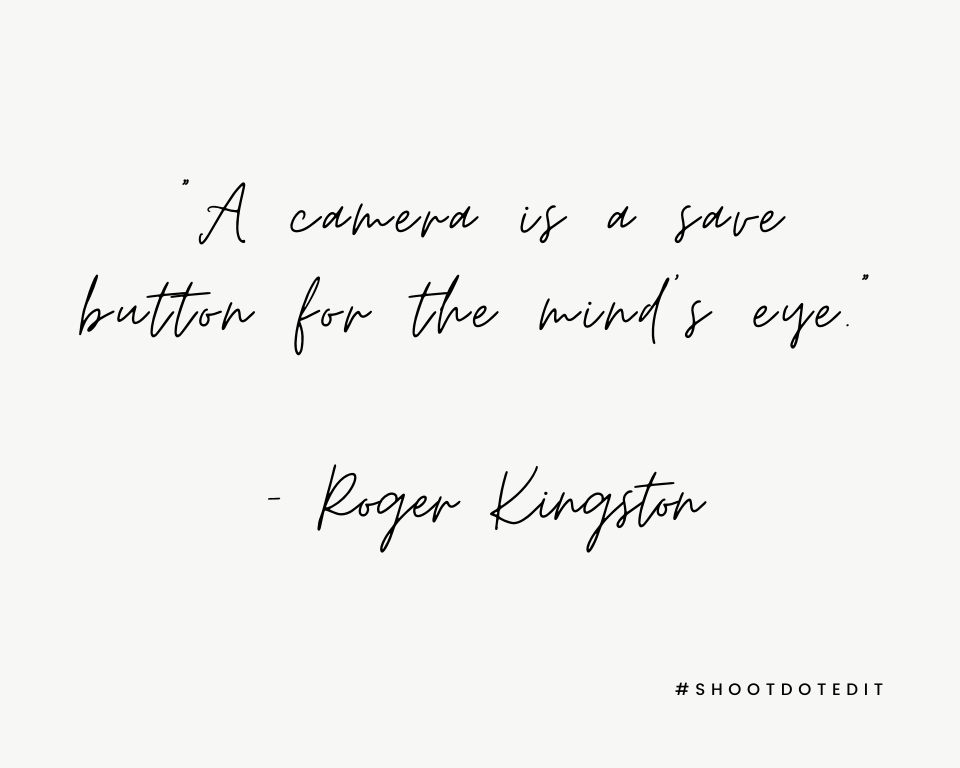
While all great photographs could differ in style and the emotions they portray, they have one thing in common – to bring the photographer’s vision to life. What do you want your photograph to convey? Give it a good thought. Do you want your image to have a photojournalistic quality? Is the subject your focus? Or, are you trying to evoke a specific emotion? Successfully translating your vision into an image plays a pivotal role in creating a good photograph.
To quote noted documentary photographer Roger Kingston, “A camera is a save button for the mind’s eye.” First, try creating a mental vision of what you would want the final image to look like. Once you have a clear idea, proceed with the camera settings, lighting, and framing. We understand that giving a concrete shape to an idea isn’t always easy. It might not even yield the exact same result you had envisaged, but it gets you started on bringing your vision to life.
2. Lighting
We can’t emphasize enough how important lighting is in photography. How you use it in a scene often makes or breaks an image. The mere presence, absence, type, quality, and direction of light can have a significant impact on your photograph. For instance, hard light could help produce sharp shadows that create a dark and moody ambiance or add a hint of drama or mystery to the scene. On the contrary, soft light could help you photograph gorgeous, flattering portraits. While you could resort to either artificial or natural light to attain the desired effect, the magic lies in making the best use of this essential tool in photography.
Related Read: Hard Light vs Soft Light: Understanding Wedding Lighting
3. Timing

The perfect timing is a photographer’s sweet spot! But, you can’t always plan it. However, if you do get it right, it could improve your image instantly. As a photographer, the ability to freeze a gripping moment in a frame is your superpower. How well you use this power makes all the difference between an ordinary shot and an extraordinary one. Sometimes a moment only lasts for a second, and you have precisely that one second to capture it in your camera.
If you are wondering how to anticipate a moment even before it happens, the answer is that you probably can’t get it right every time. What you can do though is be prepared and watch out for such wonderful moments. How? Practice! Hone your observation skills. The more weddings you photograph, the better you will be at getting the timing right. Moreover, you could always take the help of the continuous shooting mode to help you photograph certain moments.
4. Composition
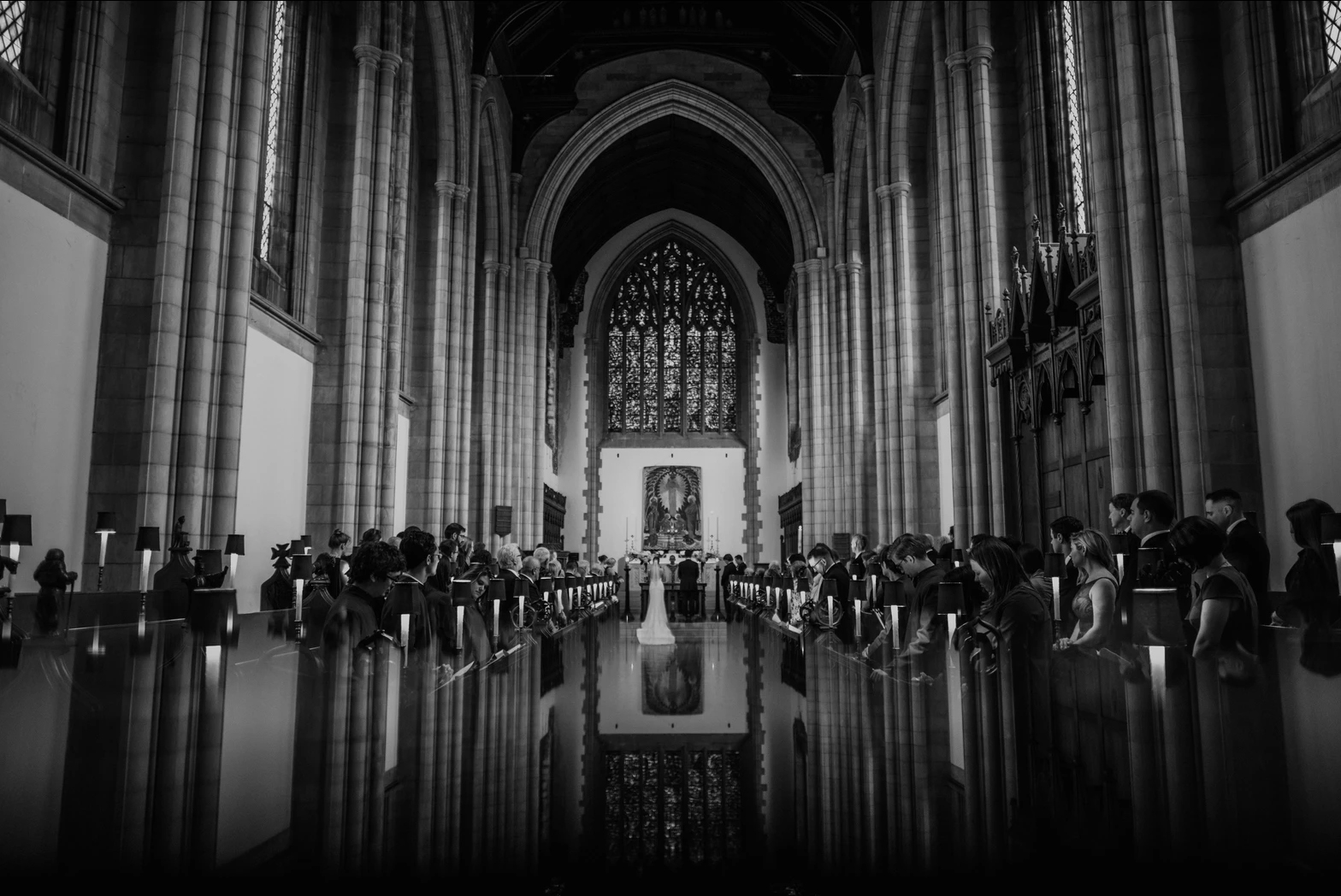
Think of a blank canvas and imagine yourself as a painter. You decide what goes into the painting from the scene you view and how to present it. Composing an image is no different. It is the process of thoughtfully curating a piece of art even before you press the button. The rule of thirds, leading lines, filling the frame, symmetry, space to move, and S-curve are some of the most commonly talked about and followed composition rules. However, you need not rigidly follow a particular rule; they are there to help you learn a little better about your frame. So do not let a specific rule limit your creativity. As long as the frame does justice to the vision you wish to communicate, it works well.
5. Storytelling & Display of Emotion
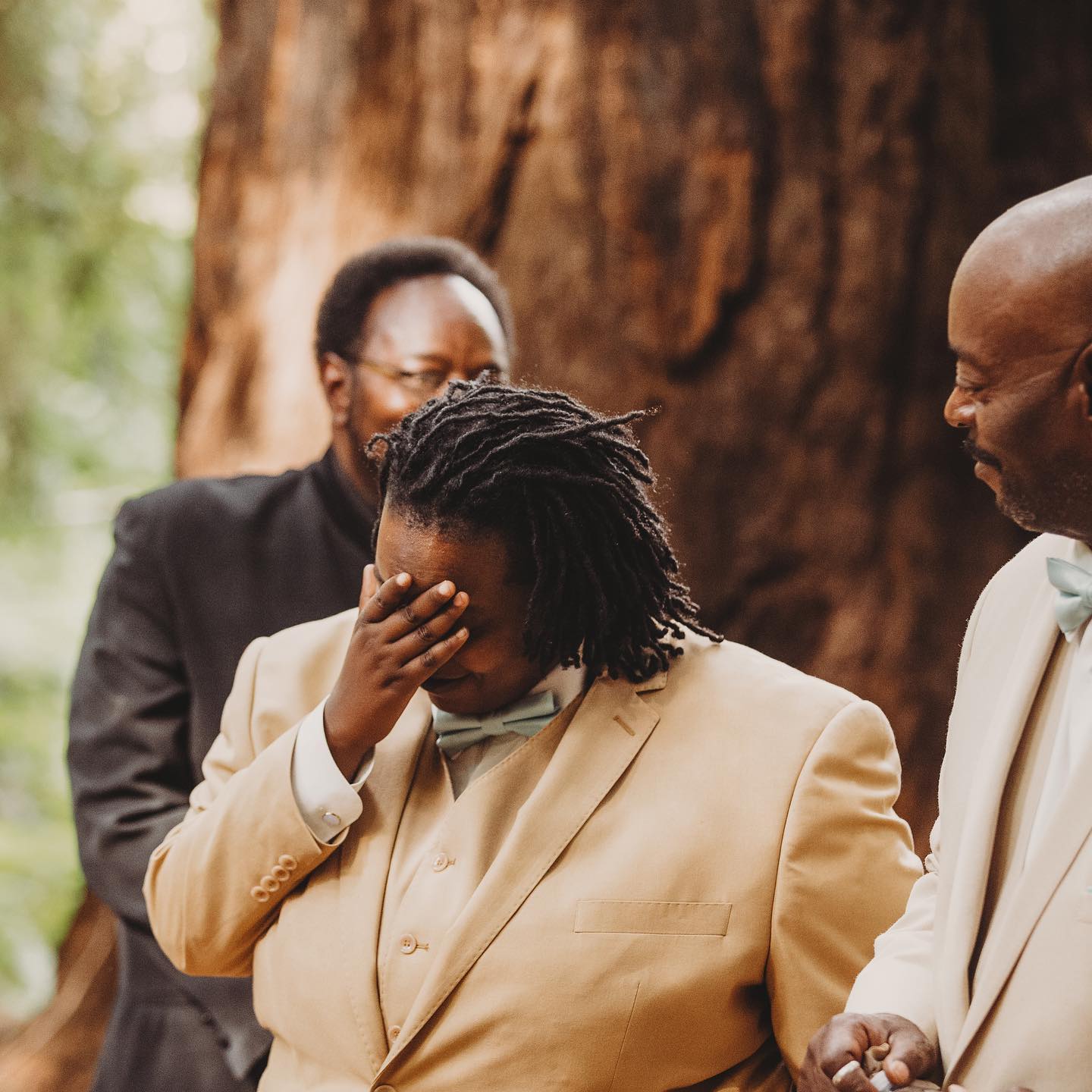
“To photograph: It is to put on the same line of sight the head, the eye, and the heart.” This line by Henri Cartier-Bresson, a French humanist photographer, beautifully conveys the essence and importance of capturing emotions in photographs. A photograph that tells a story or evokes emotion hooks the viewer to something more than just the visible image. It makes them feel. That, in itself, is an achievement – to arouse the same sentiment in someone who wasn’t there when an event was unfolding. Or, to make someone relive that moment through the image. If your photograph is able to tell a story and strike an emotional chord, it qualifies as a good image, although it isn’t always necessary to include them in your photos.
Related Read: Storytelling In Wedding Photography: 5 Ways To Get It Right
What Makes a Good Photograph, Great?
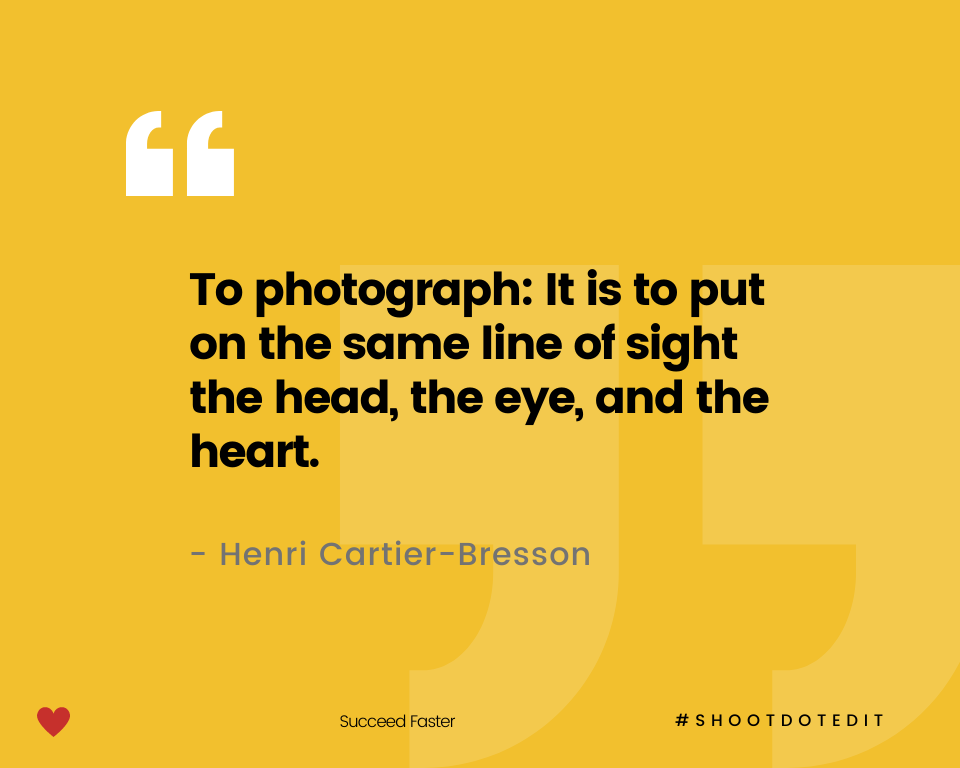
Lighting, good composition, storytelling, a unique point of view, and timing – a blend of all these elements can help you create a good photograph. But we have all been through days when even a ‘perfectly curated’ image doesn’t look as perfect, haven’t we? Or maybe it looks good, but there is nothing GREAT about it – something that would make a viewer go WOW! So what makes a good photograph, great? The answer to this question lies in your imagination, creativity, and the willingness to take risks and try something new. It might not always work as you had imagined it to, but sometimes, to achieve something great, you need to go past your safest bet.
Further Read: Finding Your Photography Style: Develop & Evolve At Your Own Pace
Here at ShootDotEdit, we love photography! And we love helping professionals like you to get better at it by sharing resourceful content like this. If you need help with your editing, we provide professional photo editing services that can help lessen your post-production workload. To better understand how we can do that, take a look at our pricing plans.


Leave a comment